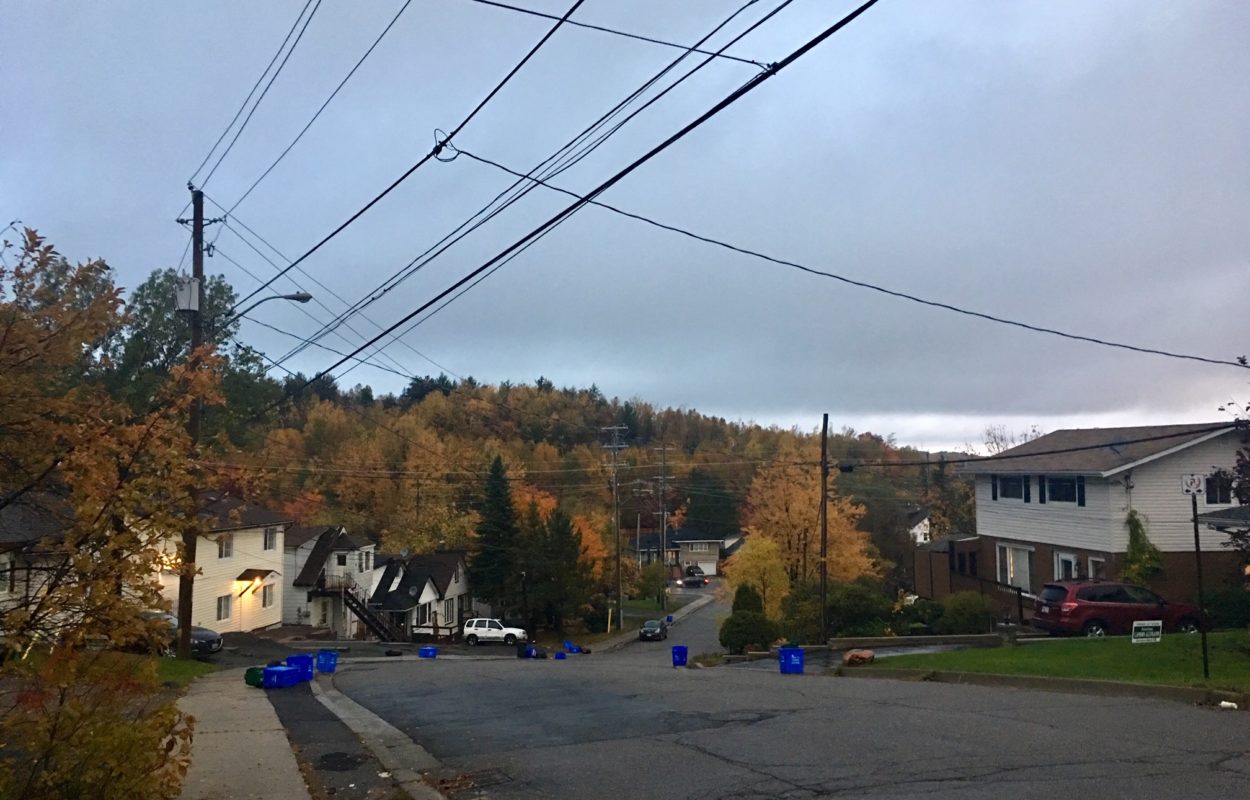
Experiments in Suburban Collaborative Planning
Canada is increasingly an urban nation—Statistics Canada tells us that over 80% of Canadians are now residing in urban areas. But in a country as vast and sprawling as Canada, what does it mean to live in an urban environment? We might picture a bustling downtown Toronto street, but often times, “urban” environments in Canada look more like the photo above than like Yonge and Dundas on a crowded afternoon.
As the share of Canadians living in urban centres continues to grow, the growth of suburban communities, or what Statistics Canada calls ‘peripheral municipalities’, is still higher (Census 2016). In addition, many areas that fall within ‘urban’ areas from a statistical point of view, may in fact look more like what we may describe as suburban: largely car dependent, low density, and divided into distinct and separated land use areas.
How can we understand public space in lower density areas?
Our co-design process works to creatively engage people in thinking about their built environments, but this process meets some sticking points in suburban neighbourhoods. Many of our tools borrow from a rich tradition of understanding the urban environment through observation. Urbanists, scholars, and community builders like Jane Jacobs, Kevin Lynch, and Jan Gehl have taught us how to observe and document public life as a means of understanding the spaces we inhabit. But so many of these public life study tools rely on a critical mass of people to actually observe—a critical mass that may not be present in lower density areas. In response to this challenge, TCAT’s Participatory Design Consultant, Car Martin, developed a suite of tools based in this rich tradition of urban observation, but uniquely adapted to observing low-density and suburban environments. These tools are designed to give participants new perspective on their everyday suburban environment, and also help them to articulate challenges and identify opportunities towards a public realm that supports an active and healthy lifestyle.
Taking our tools on the road
After developing the beta tools, our co-design team was eager to test them out in real-time, and to see how the tools played out in action. Car and Tessa (TCAT’s Active Neighbourhoods Project Manager) took the tools on the road to the 2018 Ontario Professional Planners Institute Symposium in Sudbury, and presented a workshop called Breaking Down Barriers to Participation: Experiments in Collaborative Planning. After briefing our workshop participants about our co-design approach and introducing them to the tools, the surrounding built environment became a learning lab for our participants. People paired off into mapping teams, and tested out four of our new tools. These tools challenge participants to become more observant of their own experiences in a suburban environment, for example, by mapping time or by photojournaling. The tools also seek to break down suburban areas into walkable, human-scaled, rather than car-scaled neighbourhoods, by having participants identify sub-districts and focal points.
Our post-session survey tells us that people are eager to find new ways to understand suburban spaces, and encourage citizens to critically engage with their built environments. Ninety-four percent of respondents thought these tools would be useful to colleagues in their professional network, and 94% also felt that the qualitative information gathered by the tools would be helpful to inform planning decisions in a suburban context. Additionally, 87% found that they would be interesting and engaging for citizens in their jurisdiction—and those that felt that the tools weren’t quite ready for direct citizen engagement also gave us great feedback for how we can enhance our tools, so that we can get that number closer to 100%!
We are grateful to our session participants for their willingness to experiment with us, and for their thoughtful feedback. As we work through participant feedback and enhance our tools and facilitation materials, keep your eye on our website www.participatoryplanning.ca! Once we’ve refined these new beta tools, we’ll add them to our toolbox, which is already full of rich tools for engaging citizens in co-designing active, livable cities!
